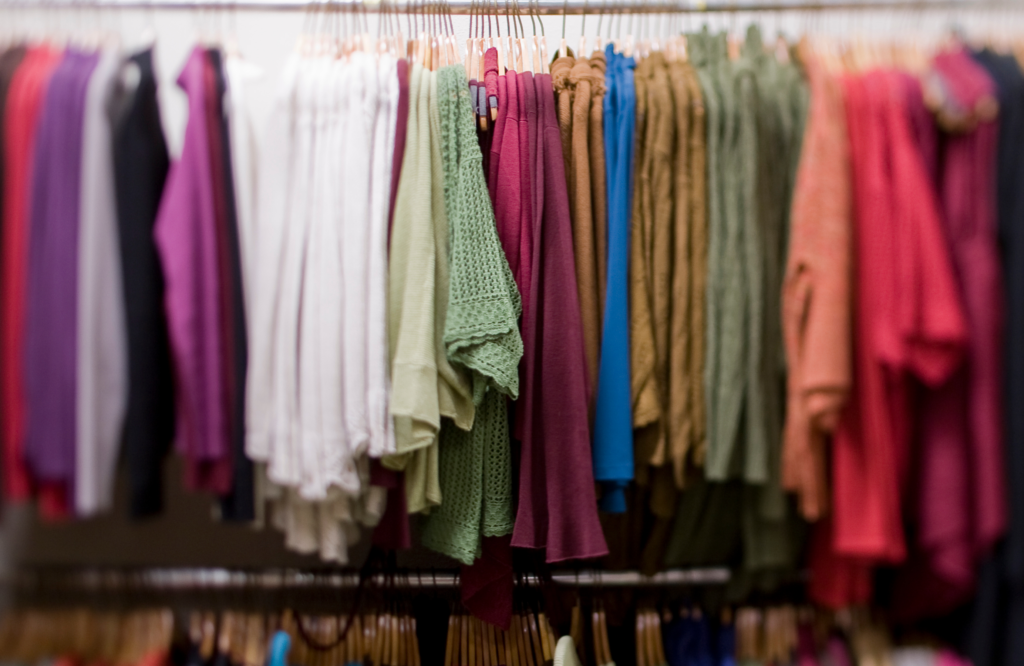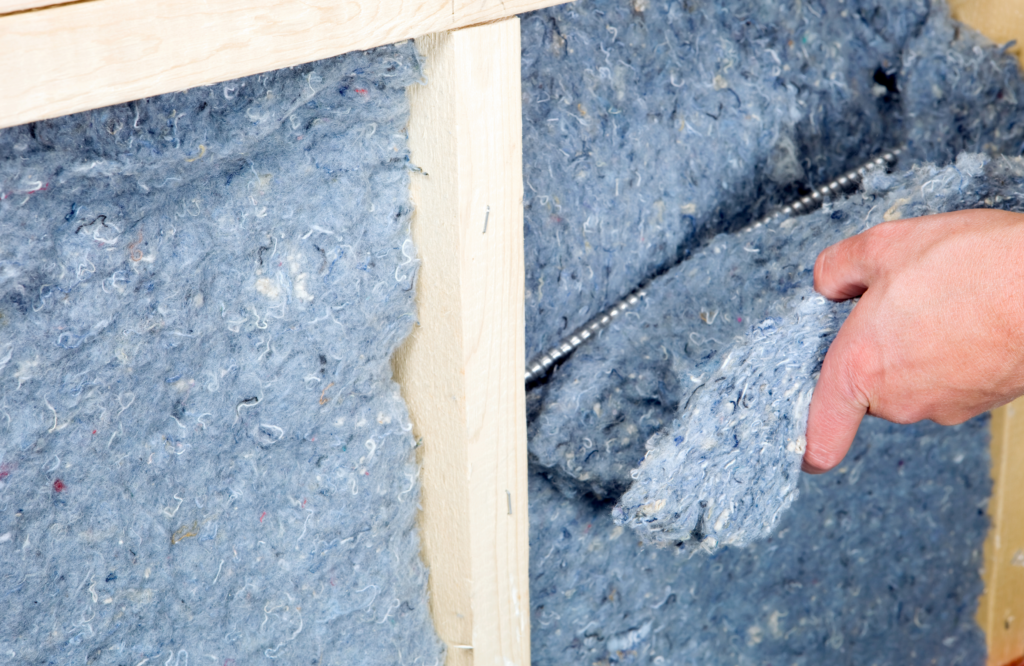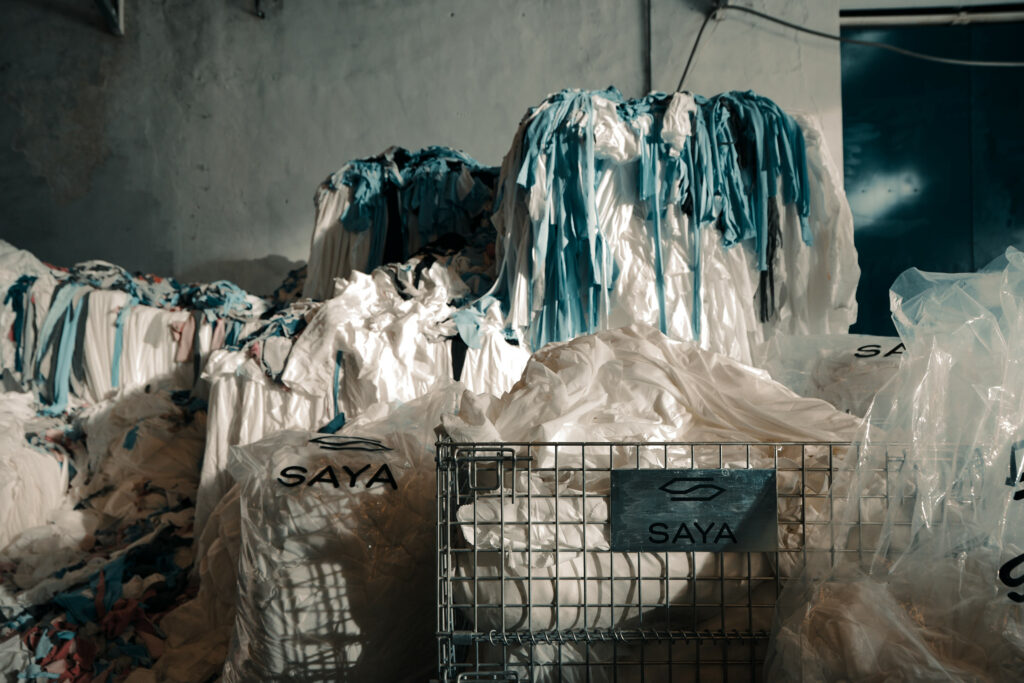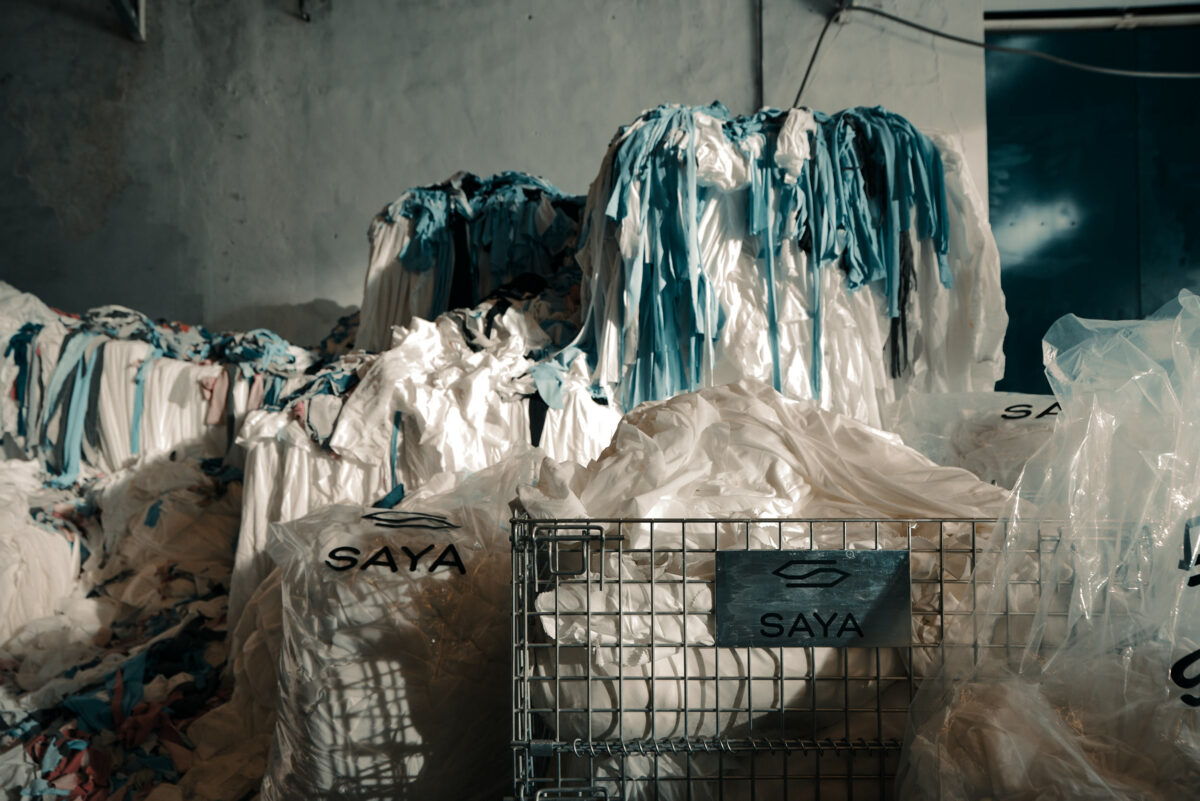We talk a lot about recycling old plastic bottles into new recycled polyester fabric. But how about textile recycling? How are old or scrap fabrics recycled into new products?
The truth is, waste fabric can be just as harmful to our environment as discarded PET. According to the Council for Textile Recycling, the average American throws away about 70 pounds of clothing and other textiles every year. Furthermore, the Environmental Protection Agency (EPA) estimates that textile trash makes up almost 6 percent of all municipal solid waste.

Yet, we believe textiles and used clothing are not trash. Manufacturers can recycle it into new fiber, keeping it out of landfills and helping to build a more circular economy. But how exactly do textiles get recycled?
Repurposed Fabric
Almost every type of fabric is reusable. Companies can shred it to use in insulation or puffy jackets or cut it into rags or new garments. Some brands, for example, take old denim and use it to make new denim jeans and jackets. Other outdoor and travel brands use recycled polyester in outerwear, such as winter jackets and sleeping bags.

In addition, some home builders use recycled denim insulation in place of fiberglass. This results in higher efficiency, lower energy bills, and better indoor air quality. However, the process is expensive, as companies must break down the recycled fabric and treat it with anti-mold and anti-flammable products to meet building codes.
Recycled Fabric
Much like other recyclables including paper and plastic, consumers and brands can donate fabric to recycling centers. There, machines or workers will sort it by material and color. Once sorted, the textiles are melted and pulled into fibers or shredded. Depending on the end use of the yarn, companies may incorporate other fibers to create a textile blend. Then, machines clean the yarn and respin it into fibers or threads that can become a variety of new fabrics.
Some large cities support donations of old garments. Ask around or contact your local recycling center for more information. In addition, you may find non-profit organizations as well as many global brands, such as Nike and Patagonia that accept old textiles for recycling.
Why Recycle?
As an industry, we’ve convinced most consumers that it’s beneficial to recycle their plastic water bottles and containers. But textile recycling remains a significant challenge. An estimated 100 billion garments are produced annually, worldwide, and their recycling rate is below 15 percent. That means, millions of tons of clothing waste ends up in landfills. If we want to move closer to becoming a zero landfill society, we need to educate the public on the benefits of recycling fabric.

At SAYA, we’ve found that collecting industrial fabric waste is an important way to help keep fabric out of landfills. Fast fashion trends over the past several years have resulted in more overstock, scraps, and dead stock than ever before. That’s a lot of material that can be recaptured and recycled, creating a more circular industry.
To learn more about our fabric recycling program, contact change@sayarenew.com
